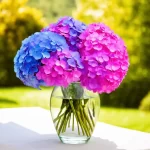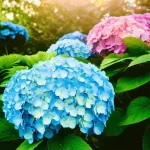Long blooming hydrangea varieties, also known as hydrangeas that bloom all summer, offer a feast for the eyes and a burst of color in your garden. These varieties provide an extended blooming season, allowing gardeners to enjoy beautiful blossoms from late spring through fall. But which varieties have the longest blooming period, and how can you care for them to ensure a vibrant display? Let’s dive deep into the world of long blooming hydrangeas and explore the best options for your garden.
Top Long Blooming Hydrangea Varieties
The term "long blooming hydrangea" encompasses several varieties known for their ability to produce flowers for a prolonged period. Below is a list of notable hydrangeas that can keep the blooms coming.
| Variety Name | Type | Bloom Color | Blooming Period | Height |
|---|---|---|---|---|
| Endless Summer® Hydrangea | Bigleaf (H. macrophylla) | Pink, Blue, Purple | Late spring to fall | 3-5 feet |
| annabelle hydrangea | Smooth (H. arborescens) | White | Early summer to fall | 3-5 feet |
| limelight hydrangea | Panicle (H. paniculata) | Lime Green to Pink | Early summer to fall | 5-8 feet |
| Little Quick Fire™ | Panicle (H. paniculata) | White to Pink | Early summer to fall | 3-5 feet |
| Vanilla Strawberry® | Panicle (H. paniculata) | White to Burgundy | Early summer to fall | 4-6 feet |
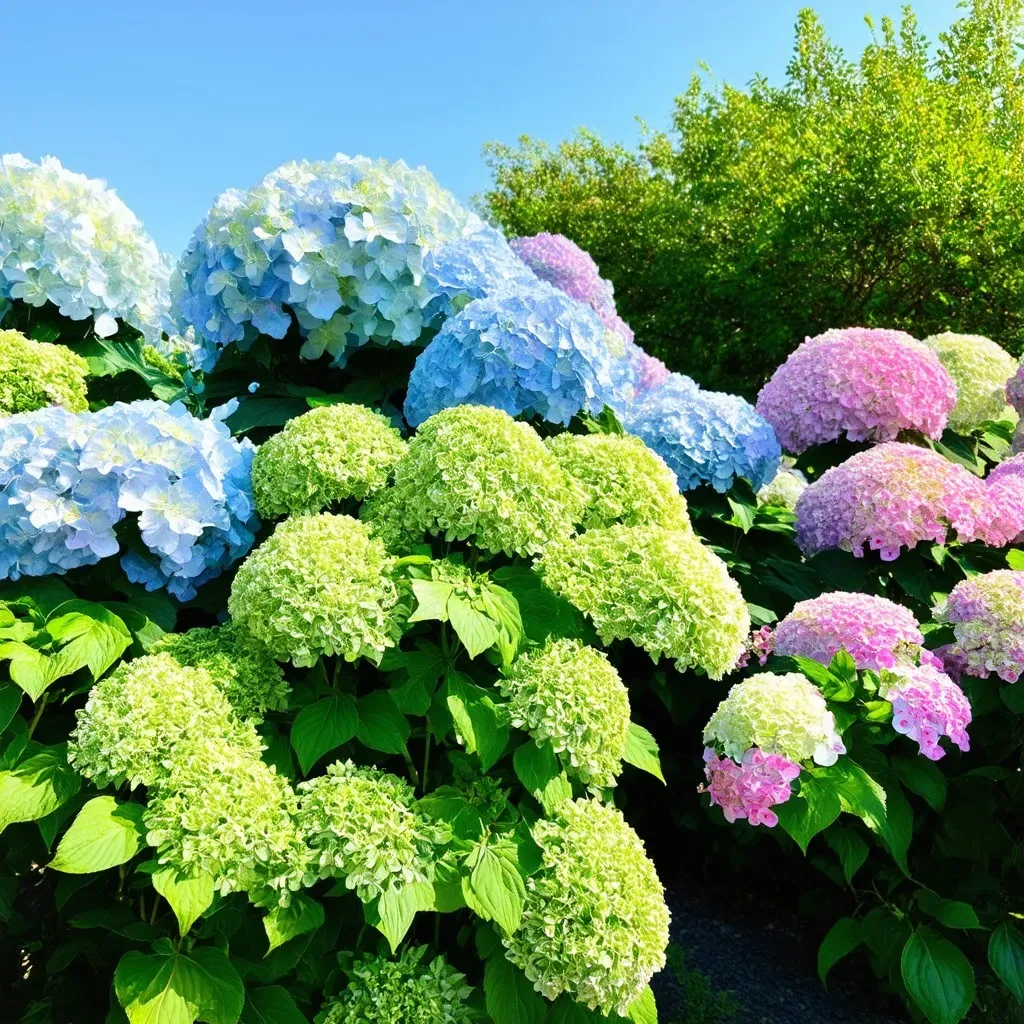
Key Features and Benefits
-
Extended Blooming Seasons: Many long blooming varieties continue to yield flowers throughout the growing season, making them ideal for creating vibrant landscapes and beautiful arrangements.
-
Versatility: These hydrangeas thrive in various climates, making them suited for a wide range of USDA hardiness zones.
-
Attractive Foliage: Alongside beautiful blooms, many long blooming hydrangeas boast attractive leaves that often change color throughout the seasons, adding further interest to your garden.
Care Tips for Long Blooming Hydrangeas
Taking care of long blooming hydrangeas can ensure they flourish and provide you with their stunning flowers throughout the growing season. Here are some essential care tips:
1. Proper Planting
- Sunlight: While many hydrangeas prefer partial shade, some long-blooming varieties thrive in full sun. Research individual varieties before planting to ensure optimal growth.
- Soil: Hydrangeas prefer well-drained, loamy soil with good organic matter. Adding compost can help improve soil structure and drainage.
2. Watering Needs
- Regular Watering: Hydrangeas need consistent moisture, especially during their blooming period. However, avoid overwatering which can lead to root rot.
- Mulching: Apply a layer of mulch to retain moisture and regulate soil temperature.
3. Pruning and Deadheading
- Pruning: Depending on the variety, some hydrangeas bloom on old wood while Others bloom on new wood. Understanding your specific type is crucial for proper pruning.
- Deadheading: Remove spent blooms to encourage new growth and prolong the blooming period.
4. Fertilizing
- Spring Fertilization: A slow-release fertilizer in early spring can boost growth and blooms. Look for a balanced formulation suited for flowering shrubs.
Facts and Figures About Long Blooming Hydrangeas
Here’s a quick overview of the growth patterns and characteristics of some long blooming hydrangeas:
| Variety | Blooming Duration | Flower Size | Landscape Use |
|---|---|---|---|
| Endless Summer® | Late spring to fall | 3-6 inches | Borders, containers, hedges |
| Annabelle | Early summer to fall | 6-12 inches | Foundation plantings, mass plantings |
| Limelight | Early summer to fall | 6-8 inches | Specimen plant, foundation plant |
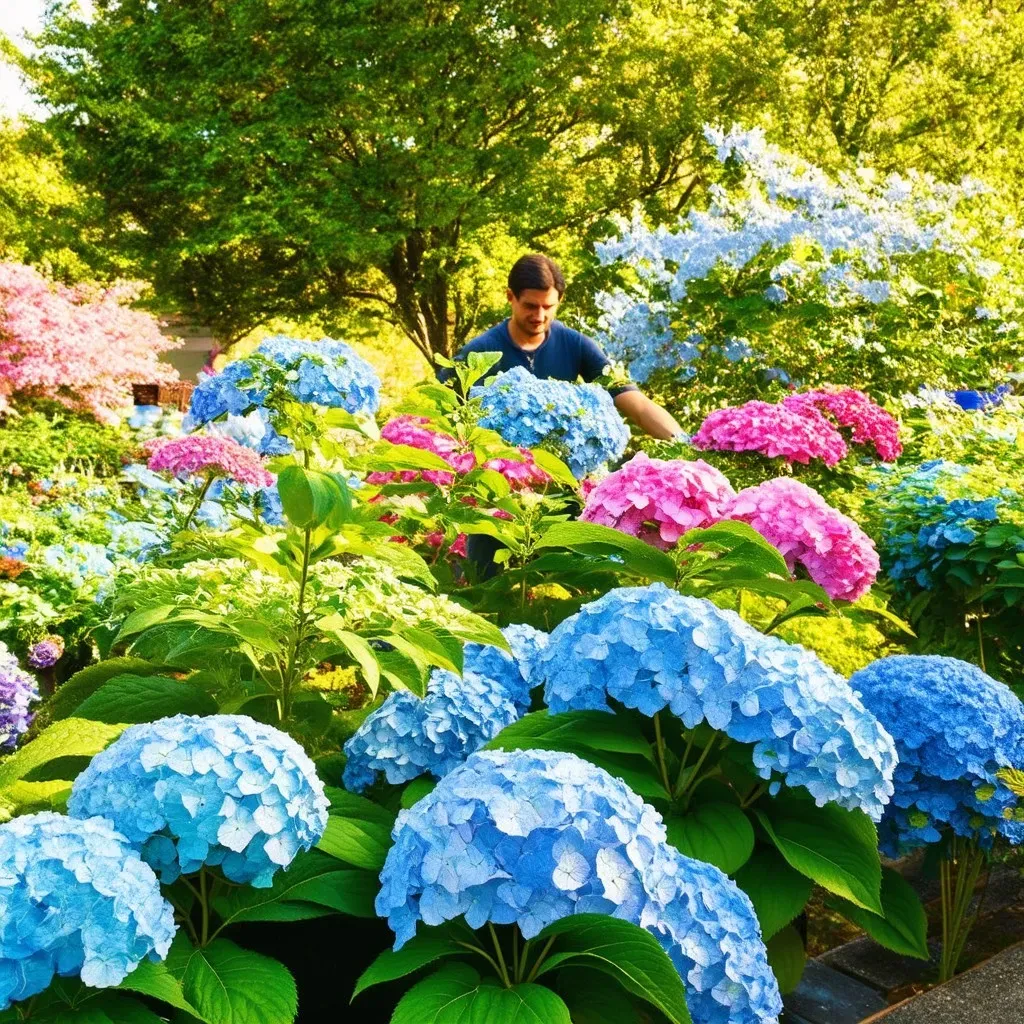
The Best Conditions for Blooms
While long blooming hydrangeas can adapt to various conditions, certain environmental factors can significantly enhance their blooming potential.
- Sunlight: Morning sun combined with afternoon shade may yield the best results for many hydrangea varieties.
- Soil pH: For bigleaf hydrangeas, altering soil pH can help manipulate bloom colors. Acidic soils yield blue flowers, while alkaline soils produce pink blooms.
Popular FAQs about Long Blooming Hydrangeas
Q1: How do I choose the right long blooming hydrangea for my garden?
A: Consider factors such as climate, sunlight exposure, and desired bloom color. Research each variety to find one that matches your gardening space and conditions.
Q2: Will long blooming hydrangeas attract pollinators?
A: Yes, hydrangeas are known to attract various pollinators, including butterflies and bees, making them a great addition to pollinator-friendly gardens.
Q3: Can I grow long blooming hydrangeas in pots?
A: Absolutely! Many varieties thrive in pots, but ensure you choose large containers and appropriate potting soil to support healthy root systems.
Q4: Should I cover my hydrangeas in winter?
A: Depending on your USDA hardiness zone, some protection may be required. Mulching around the plant at the base can provide insulation against cold temperatures.
Q5: How do I manage pests on my hydrangeas?
A: Keep an eye out for common pests like aphids and spider mites. Insecticidal soap or neem oil can be effective against these nuisances while being gentle on your plants.
For further insights on Hydrangea Care and selection, you can visit Monrovia – Hydrangea Care Guide.
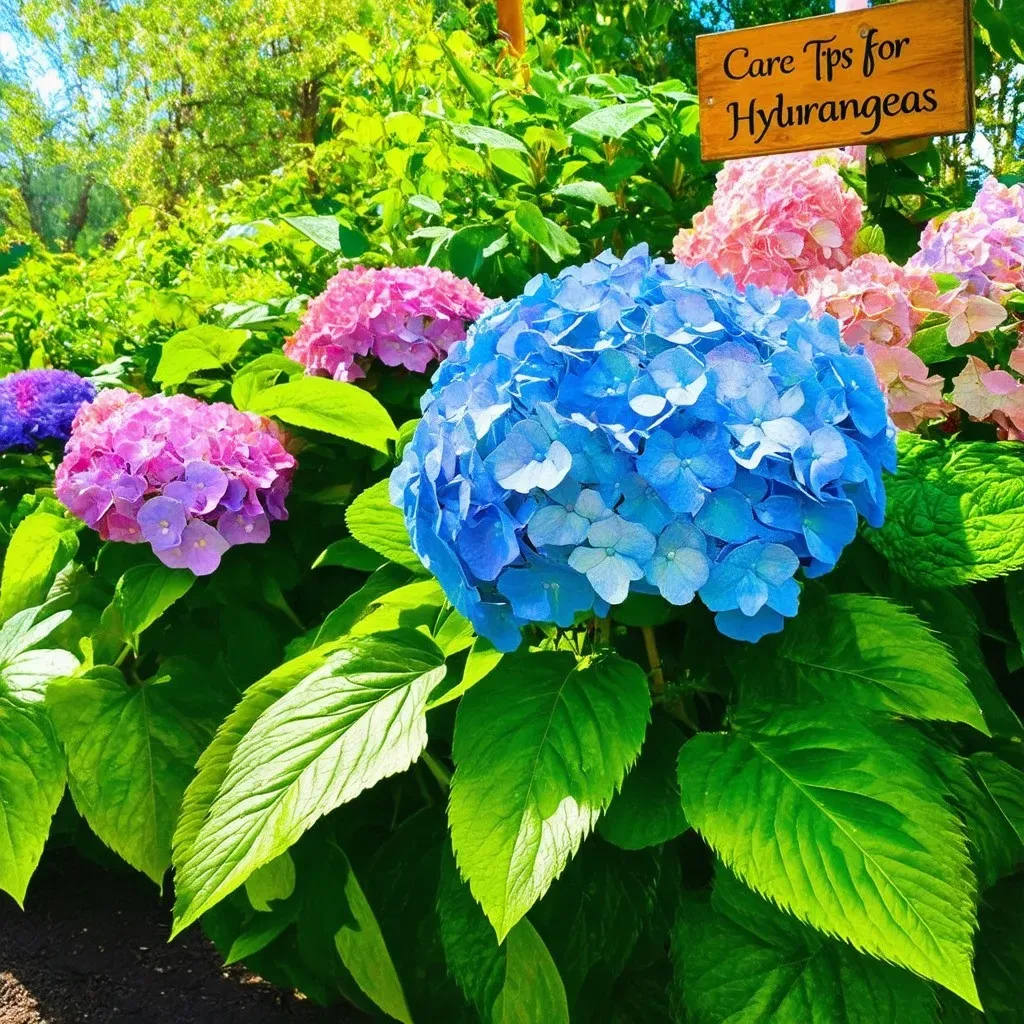
By understanding the various long blooming hydrangea varieties and their specific requirements, you can create a stunning display in your garden that will keep blooming through every season. Get ready to transform your outdoor space with these vibrant, versatile plants!

